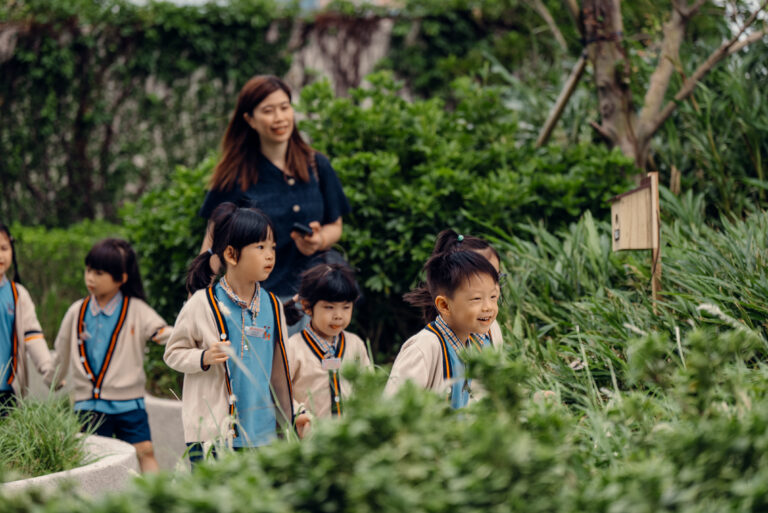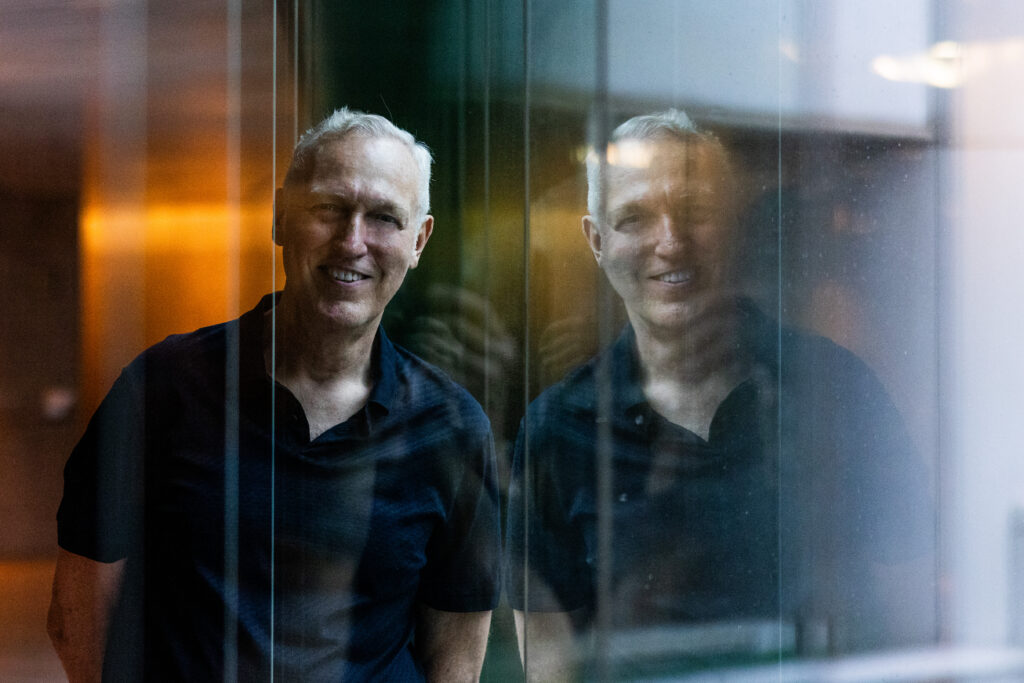
Thursday, March 13 – Sunday, March 30
LOVEBIRDS GARDEN
Scott HESSELS
Musée Henri-Lecoq’s Garden
Opening hours :
Tuesday to Saturday, 10 am to 6pm
Sunday from 1pm to 6pm
Free access
This post is also available in: Français (French)

Thursday, March 13 – Sunday, March 30
Opening hours :
Tuesday to Saturday, 10 am to 6pm
Sunday from 1pm to 6pm
Free access
Lovebirds Garden is an interactive garden of natural music. Using their phones, visitors can search and select a bird and its song from 200 original paintings and field recordings that best expresses their love for someone afar.
The song can be heard on one of 50 speakers distributed through the garden and the visitor receives a digital memento of the artwork, song, and their loved-one’s name for sharing. A gesture of love to someone not near, the birdsongs are like ‘blowing a kiss’.
Over the exhibition, the garden fills with a choir of birdsongs from around the world, each one representing someone who is distant but loved and in our hearts.
Scott Hessels / Zoe Chan / MetaObjects
Original Paintings: Li Changan
Research: Cyrus Leung
UI/UX Design: Marek Gollan
Logotype: Dom Chung
Scott Hessels (artistic director) and his design studio FugitiveColor create public artworks that use technology for richer social participation, with frameworks that include interactive collaboration and immersive spaces. Based in Hong Kong, US and Portugal, his projects span different media including moving image, data visualization, kinetic sculpture, and site-specific installation. His artworks have been presented internationally in exhibitions focusing on both technology and Fine Art. His recognitions include patents for developed technologies, references in books and periodicals on new media art, and coverage in popular cultural media.
Artist’s website: https://scotthessels.com/

Interview by Fanny Bauguil (VIDEOFORMES relay teacher)
NOTE : Before the French website goes live in March, students can visit the Hong Kong version and « choose a birdsong » for research/practice. Students could also ask their families and friends their favorite birds so when they visit the garden, they can make mementos for the people they love. https://memorialbirdsongs.com/
Lovebirds Garden is an interactive garden of natural music. Using their phones or a tablet, visitors select a birdsong from 200 beautiful original paintings for someone they love. You can then hear your birdsong sing on one of 50 speakers in the garden. You also get a digital memento that you can share on social media. During VIDEOFORMES, the garden at Jardin du Muséum d’histoire naturelle Henri Lecoq will fill with birdsongs from around the world, each representing someone who is loved. It is a community choir, but the birds sing for us.
Community — how can we come together both in person and online and share something beautiful ? – Lovebirds Garden is a way to express love…and only love. Many people now try to ruin group or shared events with angry words or worse. I wanted to make an experience that blocks those people—to build a safe event that is open to everyone but is ‘hate proof.’
And not just in person. Online hate is everywhere too, so this project finds a new way to communicate our feelings on social media. Instead of photographs, you share a song and a ink-and-watercolor original painting, a gentle way to ‘disrupt’ everyone’s usual feeds.
Yes and no, the artwork changes with each city. When it showed in Hong Kong, it was a way to remember people we lost. In Clermont-Ferrand it sends a message of love to someone—like a mailing a valentine.
The artwork is very technical–web application programming, site-specific directional audio, social media, and traditional handmade crafts—but all of that is hidden. Public art must be open to everyone ; toddlers to grannies must quickly understand the idea and the steps.
When you think of sculpture, you imagine me with a chisel and a block of marble, but I am not shaping stone, I am shaping a place and experience. Gardens have been a type of art for centuries, we go to relax, have fun, take time to think. The ‘shape’ of my sculptures is always half me and half nature.
The original commission in Asia was for a ‘memorial’ where anyone could place the name of someone who died. But even cemeteries are becoming places where bad people spread racial or political hate. Instead of words, the garden is all birdsongs—no one can do anything mean in this place. I had three ideas for artworks that shut out the ugly noise and angry people and this is my first.
My portfolio is https://scotthessels.com/
Interactive, Immersive, Web Application, Sound art, Traditional Crafts, Field Recordings, Programming Art.
When I was a small boy, there was a hymn, “In the rustling grass, I hear God pass”. I was taught that nature was a type of messaging system, it is invisibly speaking to us, and we need to listen. I try to make that visible, to give voice to nature in new ways. I made videos where the sets were alive and blooming, I used computer sensors to ‘read’ energy in nature, I created machines that used natural forces—wind, water—to play movies without electrical power. Nature is alive and talking to us, I’m making artworks to help understand what it is saying.
You are asking about money, but art is a life, not a job. The commissions pay money, I sell prints, and I get paid to speak and write about my work. It’s not really ‘Fine Art’—I don’t make anything a rich billionaire is going to hang on his wall—so I keep everything I make and license it over and over. This project will go to more cities ; some of my ‘rented’ artworks have paid for themselves many times over.
The life of an artist was what I wanted more than money though. I have travelled the world, been welcomed in every culture, and have made friends for life in every corner of the planet. Great museums and festivals like VIDEOFORMES help me meet the public, express myself, share ideas. Yes, I can live from my art work, but I also could not live without it.